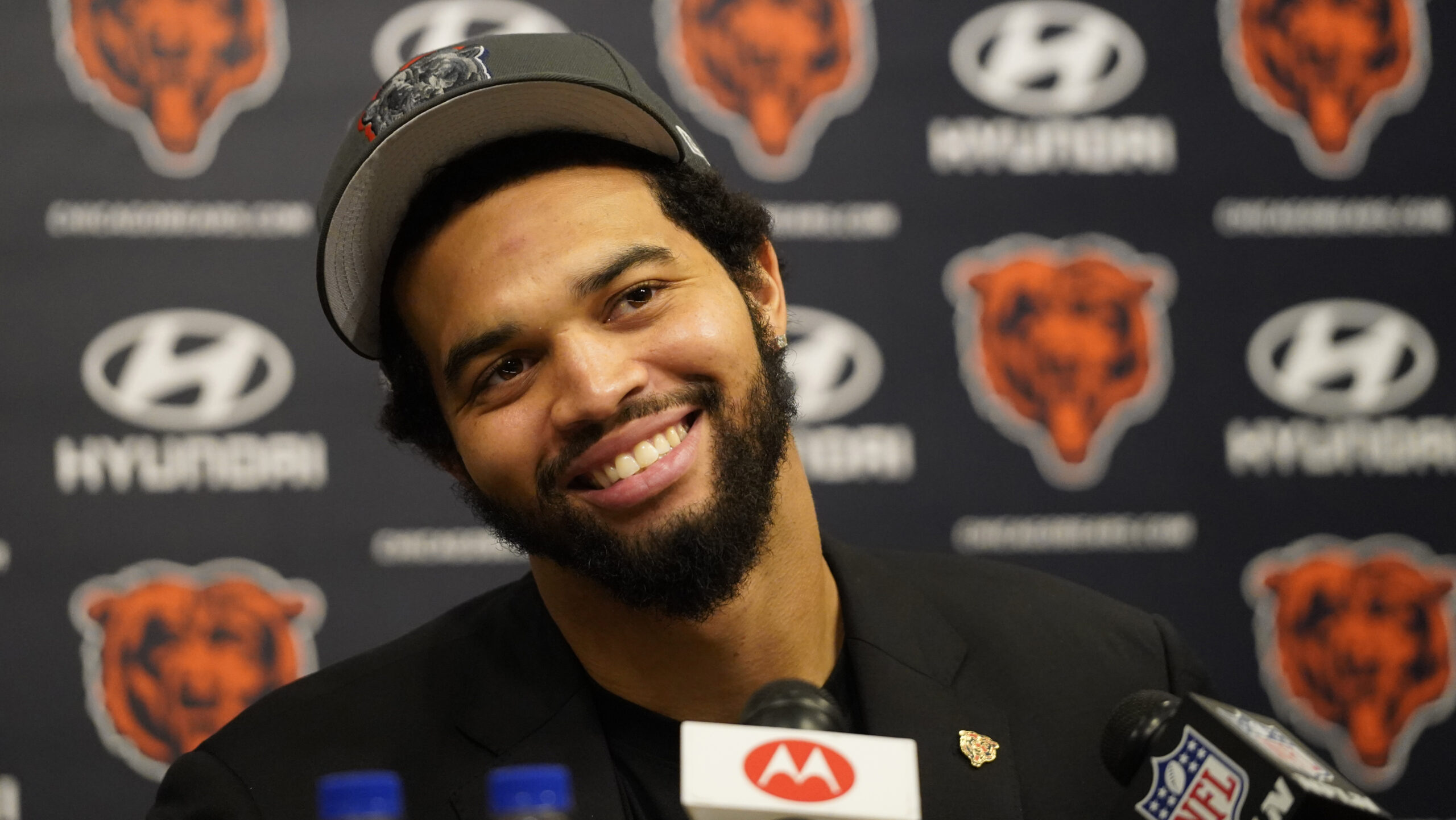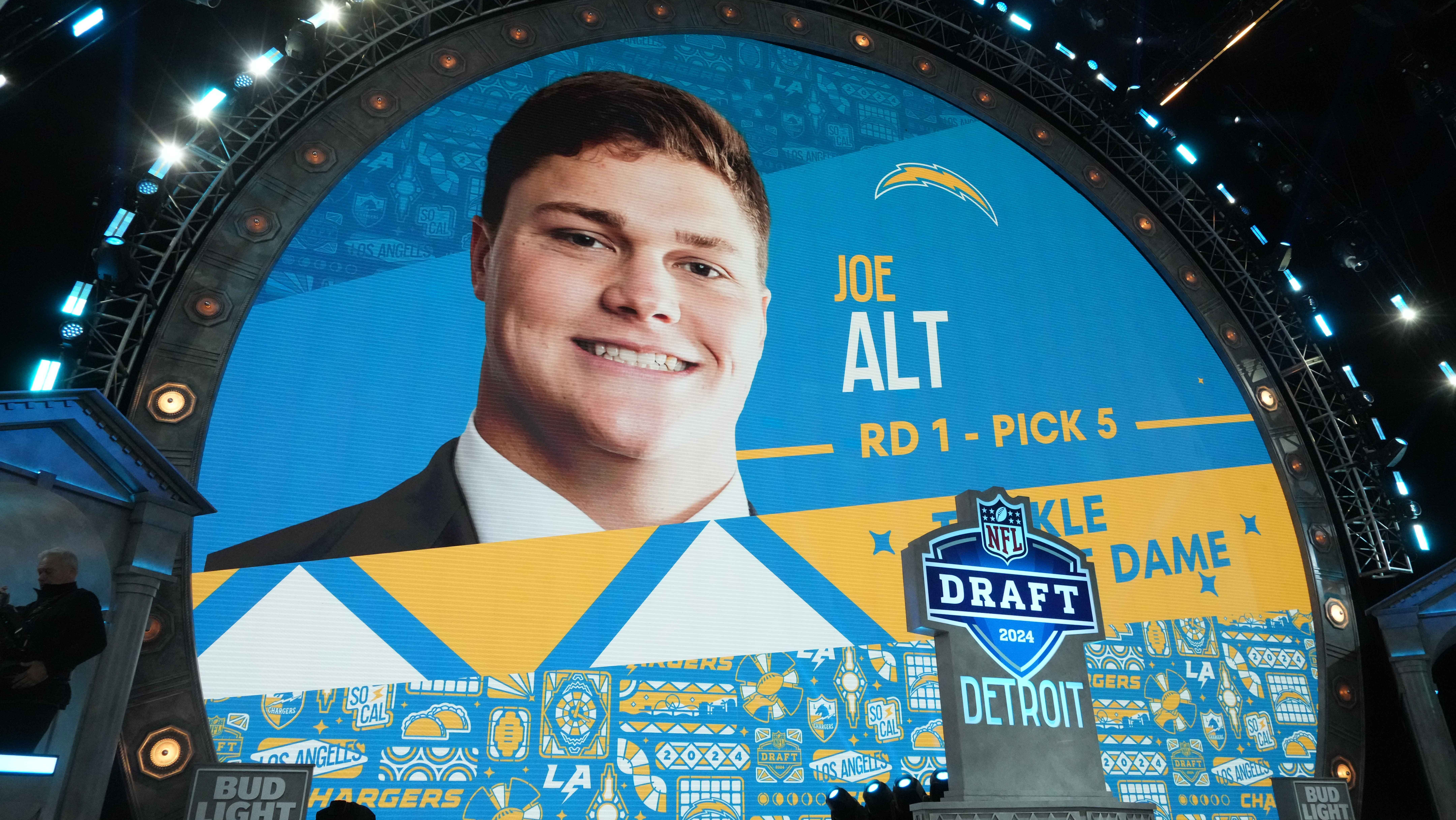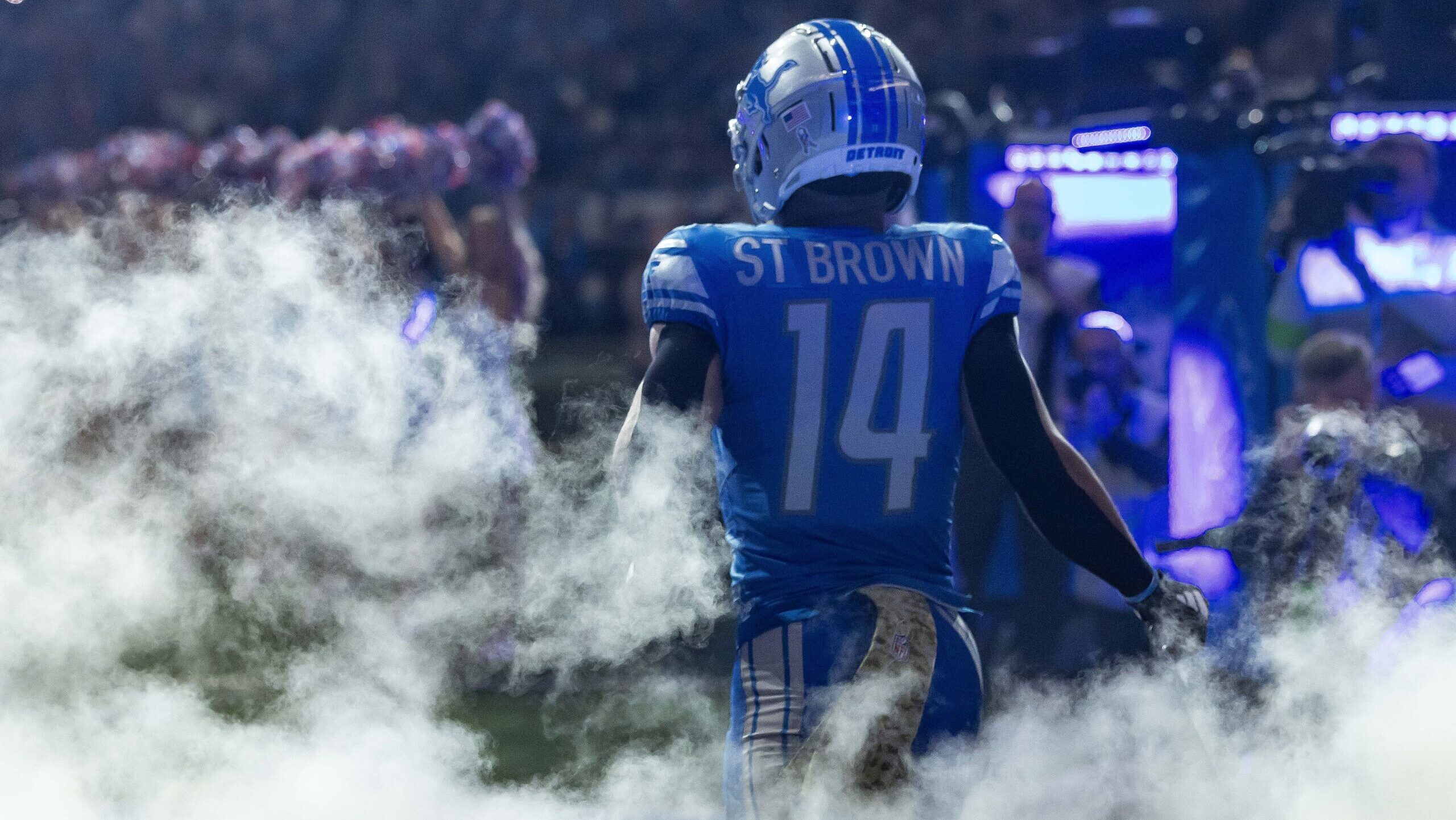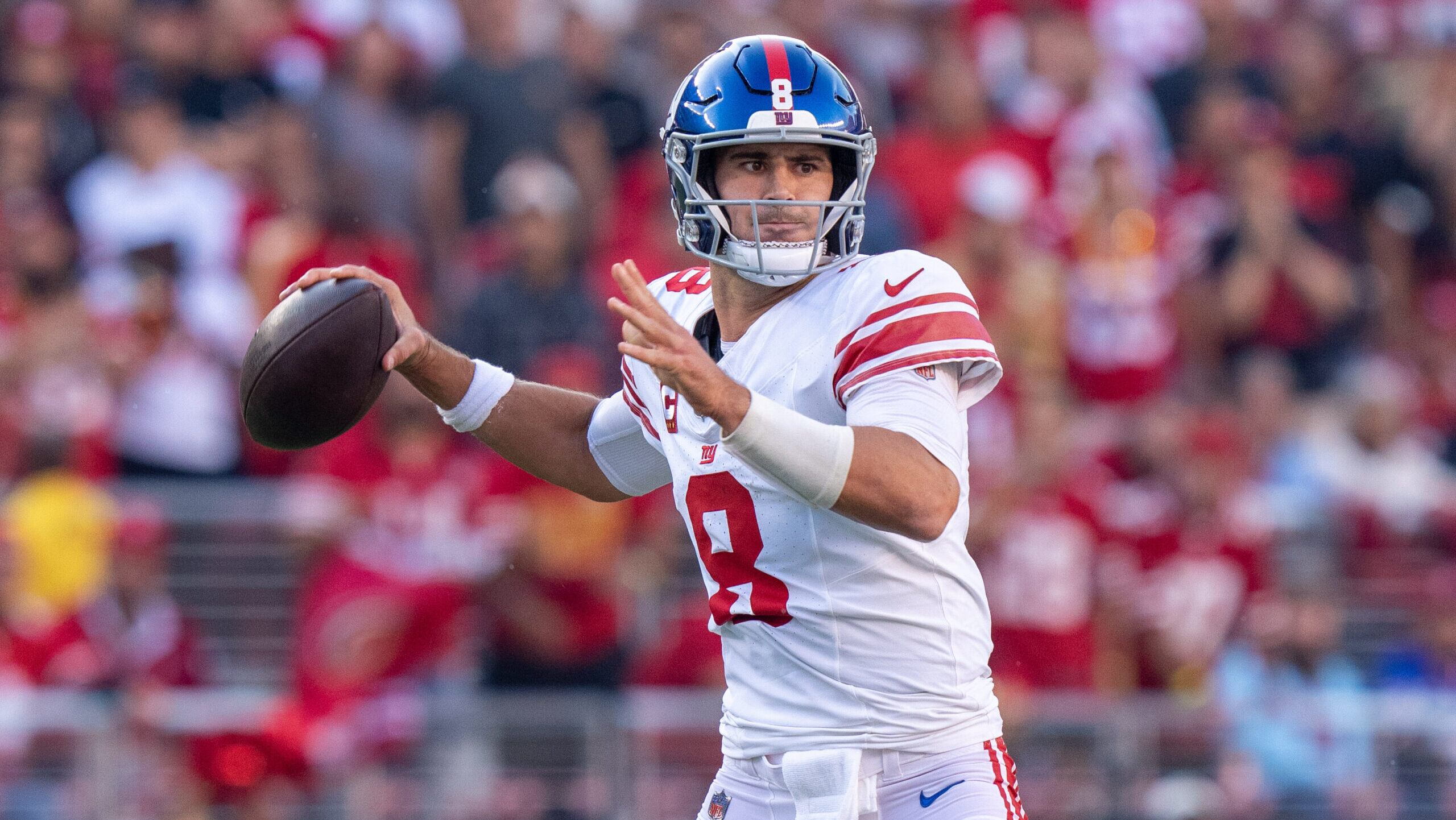Analysis
11/2/23
6 min read
How NFL Competition Committee Will Address Hip-Drop Tackles

Recently, Jeffrey Miller, an NFL vice president for communications and policy, made a statement to the media about the so-called “hip-drop tackle.”
Miller said it was a dangerous technique and 25 percent more likely to cause an injury than an ordinary tackle. The statement neither defined the hip-drop tackle nor cited the source of the injury causality data.
Like most in the football community, I was unfamiliar with the issue Miller raised. Mike Tannenbaum, a former NFL GM, colleague, friend and leader of The 33rd Team, asked me to investigate the subject.
Miller’s statement must have gotten wide exposure because I was asked about it by more than a few non-football friends and acquaintances. Some asked how the NFL passes rules to deal with these issues.
To answer that question, I queried friends in the pro football community. The question concerning the passage of rules was in my wheelhouse. For two decades, I was involved with the Competition Committee, the league’s rules-drafting body, as a voting member and the NFL’s VP of Football Development.
Like all Competition Committee members, I have been involved with the game as a low-level player, assistant coach, scout and executive.
Reviewing Hip-Drop Tackles
I had heard the phrase hip-drop tackle only in passing before Miller’s statement. My tape viewing consists of about six NFL games per week. The only two instances of this technique I was aware of were one last year that resulted in an injury to Dallas Cowboys RB Tony Pollard and one in the Week 4 Seahawks-Giants on Seattle Seahawks QB Geno Smith.
#Seahawks QB Geno Smith told @saltersl that the Isaiah Simmons tackle was a "dirty play" and there's "no place in this sport for that."
"I don't respect that type of stuff. You don't need to take shots at guys running out of bounds on the sidelines."pic.twitter.com/rhgMHTpT9a
— Ari Meirov (@MySportsUpdate) October 3, 2023
Seattle coach Pete Carroll reacted vociferously about the tackle, most of which occurred out of bounds. The tackler was penalized for unnecessary roughness.
Querying friends in the league produced some interesting and conflicting information. No one could come up with a conclusive definition for the technique. The consensus was few, if any, teams are teaching it. It appears to have developed organically by players.
Two Versions
Some referenced two versions of the technique. The first involves a defender pursuing a ball carrier from behind, directly or at an angle. The defender grasps the ball carrier around the waist from behind and executes a reverse wrestling takedown or grabs and hits from the side and rolls the ball carrier over.
In both cases, the tackler and ball carrier’s legs could tangle as they hit the ground. In both cases, there is the initial hit or grasp, followed by a second act of takedown or rollover.
After reviewing admittedly limited tape this year, I saw only a handful of these tackles, but they were clear if you looked for them. I’m not aware of anyone besides Pollard being seriously injured by this technique. Smith got up limping but returned to the game.
It should be noted any quarterback running with the ball does so at his own risk and does not have defenseless player protection.
Research indicates there is another form of this technique. In the second version, the defender tries to jump on the back of the ball carrier and then swings his legs, attempting to knock the ball carrier’s legs out from under him.
Those who have seen this action liken it to the horse-collar tackle. It took the Competition Committee about 15 minutes to outlaw the horse collar after watching tape. I can find no instances of this extreme version of the hip drop in my exposure. A source I trust immensely said there were around 10 of these in 2022.
Why Is This Happening?
Former head coach and defensive expert Dave Wannstedt and Pittsburgh Steelers coach Mike Tomlin — a member of the Competition Committee — indicate the hip-drop technique is caused by the fact we have, by rule, lowered every defender’s strike zone.
To avoid a penalty, fine or suspension for illegal use of the helmet or hits to the head and neck area of defenseless players, defenders are going low — below the waist — placing the helmet behind the ball carrier rather than in front.
Ironically, this style of tackling, called “Hawk Tackling,” was initiated by former Seahawks assistant coach Rocky Seto and widely adopted across the game at every level. It has been lauded by many as an improvement in safe technique.
NFL Commissioner Roger Goodell has rightly crusaded to “get the head out of the game” and has largely succeeded. As a result, as Tomlin pointed out, new techniques have been developed to tackle legally. The hip-drop tackle, in whatever form, is part of the reaction to new and needed safety measures.
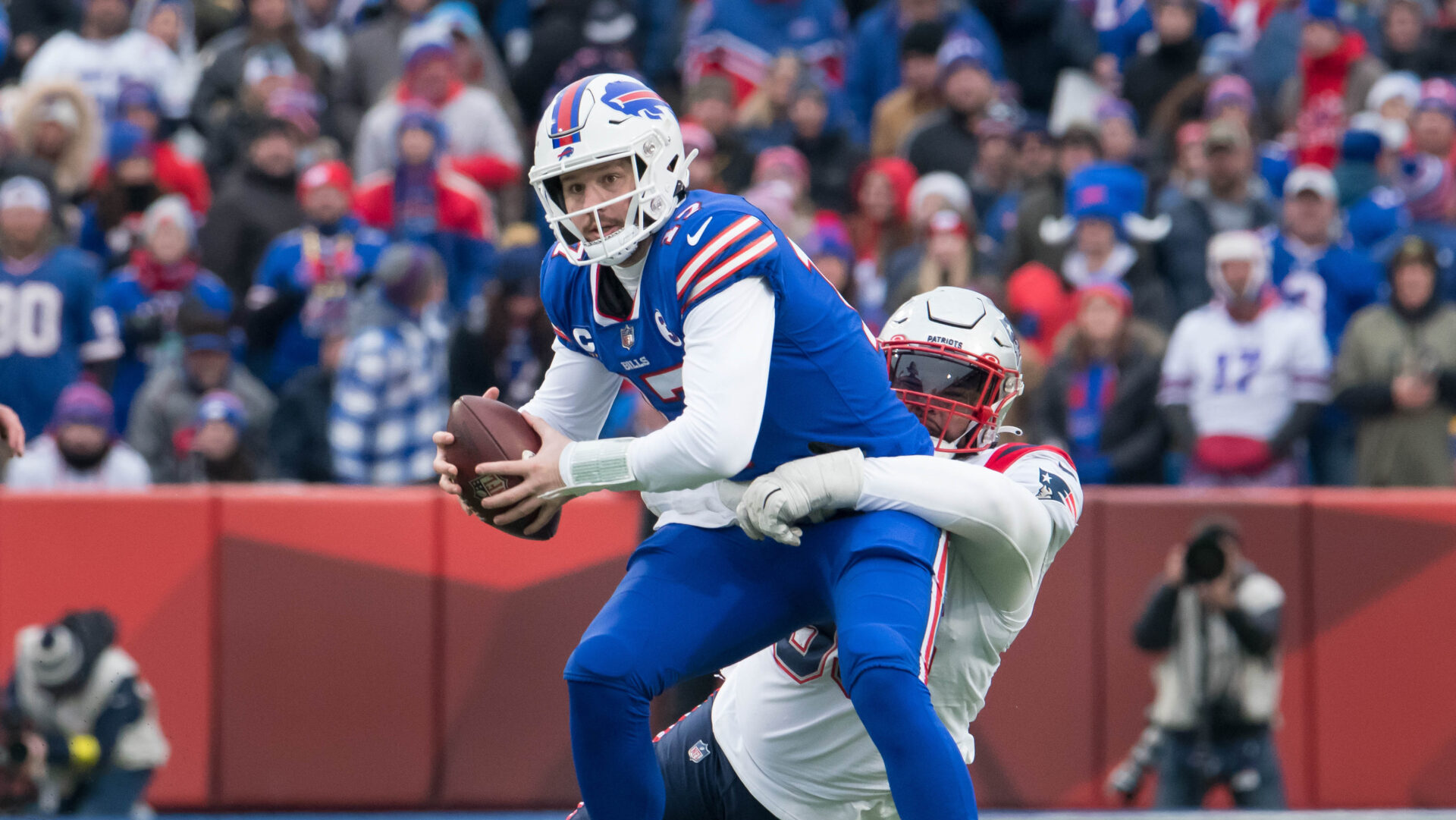
How Can This Be Changed?
We will now address the rules-making procedure. Any person, in or out of the game, can submit a rules proposal. The league office vets all of them. If a member club submits a proposal, it must be considered by the Competition Committee.
The league office can also submit proposals, which are significantly scrutinized.
Since its inception in the 1960s, the Competition Committee has been populated by the foremost football minds in America.
Starting with Vince Lombardi and Wellington Mara, the list of former members is part of the bust gallery at the Pro Football Hall of Fame. Tex Schramm, Jim Finks, Paul Brown, Don Shula, Bill Walsh, Tony Dungy, George Young, Al Davis, Ozzie Newsome, Art Shell, Tom Flores, Art McNally and Bill Cowher, to name a few, have served through the years.
Present members – including 30-year chairman Rich McKay, New York Giants owner John Mara and Tomlin – will likely be measured for gold jackets when their careers end.
Committee Review
McKay has said the committee will monitor the hip-drop tackle technique throughout the season. During their offseason meetings, committee members will see a video of every incidence of this technique. They will review every injury that could have been caused by it.
The committee will consider any rule-change proposals involving it and carefully balance player safety with the efficacy and integrity of the game.
If they deem a rule change necessary, they will have to go through the arduous process of defining the technique in writing, crafting the rule so it can be officiated consistently and determining how coaches can teach tackling legally within the context of any new rule.
Only then can a rule change or modification be submitted for a vote of the 32 clubs. Because of the diligent work the Competition Committee does, the member clubs recognize all the ramifications of the game have been considered by those who know the most about the subject.
Stay tuned. We will hear from the Competition Committee this spring with a considered opinion on the hip-drop tackle.
As told to Vic Carucci
Bill Polian is a former front office executive and a six-time Executive of the Year award winner who won Super Bowl XLI with the Indianapolis Colts. Polian’s career as an executive earned him an induction into the Pro Football Hall of Fame in 2015.


